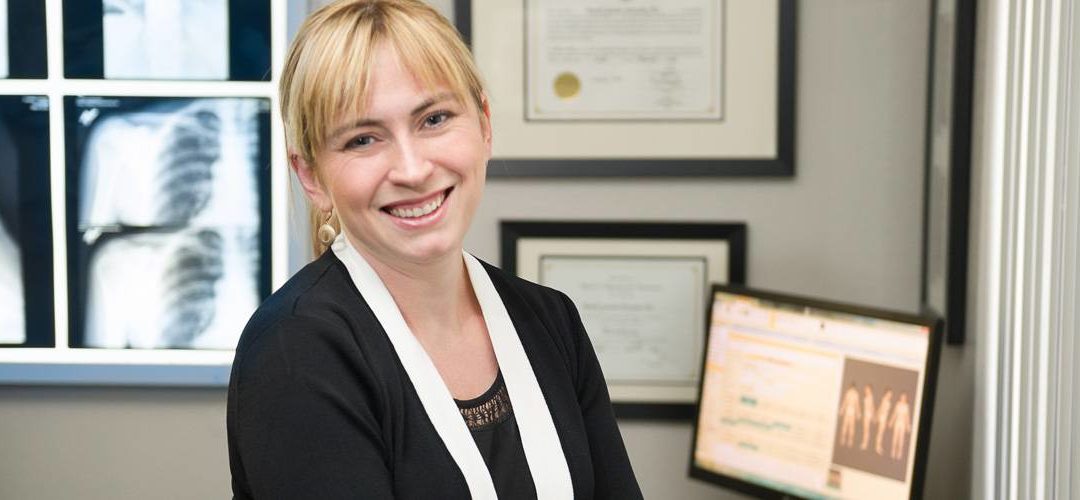
Masks……..you might be doing it wrong…..
Sanitizers, Toilet paper and MASKS……Oh My!
Unless you work in the medical field you’ve likely had more exposure to masks and their merits and shortcomings in the last few weeks than ever before! But here we are in the age of the Corona Virus, and now these have become part of our discussions and daily activities. Chances are at some point you are going to need to wear one, so let’s discuss how to do so correctly, because to be honest…….there are a lot of upside down, inside out and poorly placed masks out there!! ( scroll down for our instructional video!)
While face masks are one way to protect yourself and others from the spread of COVID-19, it’s crucial to remember that they’re not 100 per cent protective. Nothing is.
“When it comes to spreading COVID-19 from coughing and sneezing, there’s the large droplets of spit that fly out,” Dr. Sam Hay explains to “These land pretty quickly on any nearby surface, including your face. Then there’s the fine misty cloud that lingers in the air for longer before landing on surfaces, which are far more easily breathed in.”
It’s these fine misty droplets that are the big problem.
“A standard face mask won’t protect you from all the fine misty droplets that are also coughed or sneezed out, as these can be breathed in around the sides of the mask.”
It’s because of this, Dr Hay wants you to think of masks as “droplet catchers”, instead of a complete coronavirus protection method.
But the other problem is: they’re only effective when they’re actually worn properly, which a lot of people are failing to do.
10 steps to using a mask properly.
- Before putting on a mask, wash hands for at least 20 seconds with alcohol-based hand rub or soap and water.
- Check the mask for defects, such as tears or broken loops.
- Position the colored side of the mask outward.
- If present (normally with P2/N95 masks), make sure the metallic strip is at the top of the mask and positioned against the bridge of your nose.
- If the mask has:
Ear loops: Hold the mask by both ear loops and place one loop over each ear.
Ties: Hold the mask by the upper strings. Tie the upper strings in a secure bow near the crown of your head. Tie the bottom strings securely in a bow near the nape of your neck.
Dual elastic bands: Pull the top band over your head and position it against the crown of your head. Pull the bottom band over your head and position it against the nape of your neck.
- Mold the metallic strip to the shape of your nose by pinching and pressing down on it.
- Secure the bottom of the mask by pulling it over your mouth and chin.
- Double check the mask fits snugly.
- Do not touch the mask once it’s in position.
- Replace the mask with a new one if it gets soiled or damp.
Whether you are making your own or buying a cloth face covering the mask should:
- Fit snugly but comfortably against the sides of the face.
- Be secured with ties or ear loops.
- Include more than one layer of fabric.
- Allow for easy breathing.
- Be able to be washed and dried without changing shape.
How to wear and care for your mask
Take these steps to get the most protection from your mask:
- Before using your mask, always wash your hands or use hand sanitizer
- Be careful not to touch your eyes, nose, or mouth when wearing or taking off your mask. Wash your hands if you do.
- Replace masks if they become damp. If you’re using a single-use mask, discard it after use.
- To take off the mask, remove it from behind. Don’t touch the front, as it may contain germs. Put the mask in a secure place until you can wash it. If it is a single-use mask, throw it in an enclosed trash can.
- Wash your hands right after you take your mask off.
- You should wash your cloth face mask often in hot water.
Who shouldn’t wear a mask
Cloth face masks should not be placed on:
- Children under age two.
- Anyone who has trouble breathing.
- Anyone who is unable to remove the mask without help.
- Do not wear a mask for water activities
- Do not wear a mask during activities requiring heavy exertion
